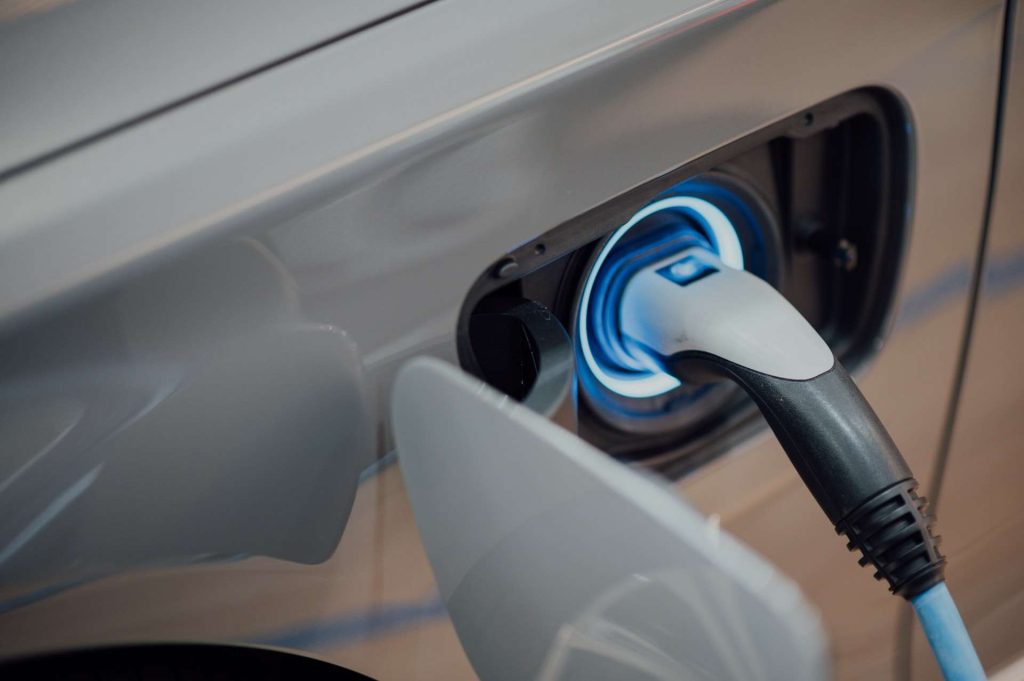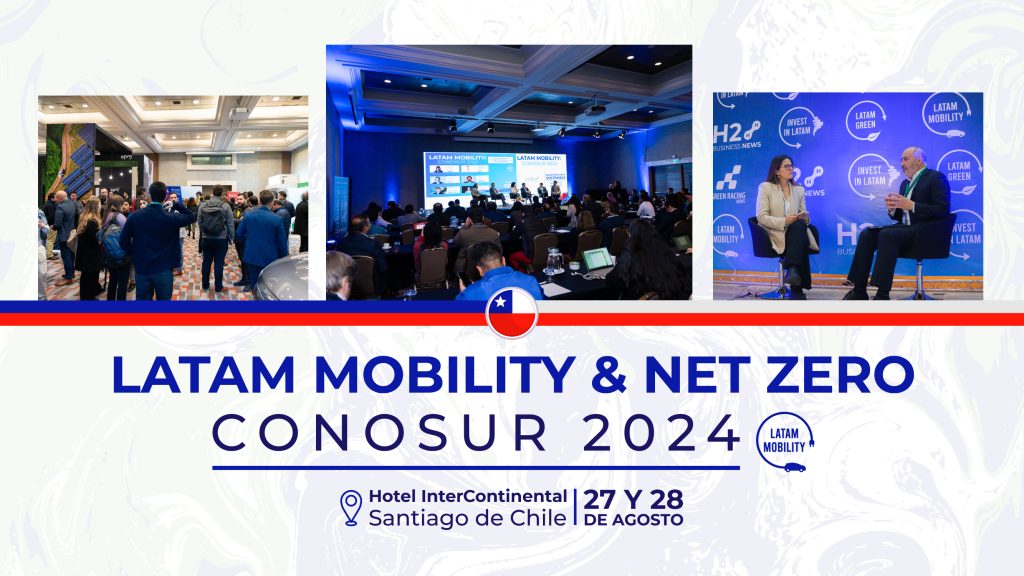Enerlink, a key player in the promotion of electromobility in Chile and the region, presents a detailed guide to explain the impact of the increase in electricity tariffs on the road to electric mobility.
Sebastian Waldmann, Chief Business Development Officer at Enerlink, details in an article that at the end of August 2023 the news was announced that in Chile the electricity tariff could rise by more than 50% in some sectors.
“This naturally shook all drivers of electric vehicles, and raised the question: What will happen to electromobility if the cost of electricity, its main operating input, rises in such a way?” he says.
Faced with the questions, Waldmann clarified how this tariff point was reached, how it affects electromobility in Chile and suggests some ways in which the situation can be addressed.
Context
Waldmann goes back to November 2019, when an increase in electricity tariffs was due, and the executive branch passed a law to stop it.
“This law contemplated that in the short term the value of electricity would go up but in the medium term it would go down again to a lower level than in 2019, given that at that time new cheaper contracts would come in thanks to renewable energies. Thus, this drop would pay the balance of the subsidy and households would not suffer from the apparent temporary instability of prices,” says Waldmann.
He explains that pandemics, wars and other factors caused a rise in fuel prices (making power generation more expensive), and in the exchange rate (electricity contracts are fixed in dollars). As a consequence, this subsidy, which was intended to be financed by the drop in the price of energy, finally accumulated a growing debt with the generators that had to be paid off.
Read also: Enerlink Analyzes Electromobility Landscape in Mexico for 2024
In July 2022, Waldmann points out, an increase of up to 40% in the electricity tariff for regulated customers was announced. “For this reason, a new law was published in August 2022 that considers two main aspects: a transitional customer protection mechanism (MPC) that softens the hike, and a transitional stabilization fund (FET) that finances the potential differences that occur between this protection mechanism and the real value of the energy tariff, in addition to paying the debt of PEC 1 (the 2019 project).”
In December 2023, the Ministry of Energy promoted a new project in order to pay the accumulated debt with the generators in a definitive but gradual way.
“For this, it considers the payment of an additional fixed amount to the energy tariff, for each kWh consumed. This new “MPC” (Customer Protection Mechanism) would be $22 starting this year and then $9 from 2028. In addition, the electricity tariff will be adjusted according to the real cost of the electricity system, which will impact mainly the smallest consumers (typically residential) since their current tariff is frozen”, underlines the article by the Enerlink executive.

Possible Effects on Electromobility
Total Cost of Ownership (TCO)
Waldmann explains that the first effect is the impact on the total cost of ownership (TCO) of an electric vehicle, which includes the cost of acquisition, operation, taxes and the resale value at the end of its useful life.
Another impact relates to the costs for public charging, which directly hits public charging infrastructure investors, who will be forced to increase their prices, thus creating an additional barrier to consumer adoption of electromobility.
Read the full article here
Latam Mobility in Chile
In August, Latam Mobility, the largest sustainable mobility community in Latin America, will once again arrive in Santiago de Chile for its 2024 meeting.
It will be two days that will bring together the most prominent industry leaders, along with public sector personalities, to offer their perspectives on advances in low-emission mobility, electromobility and sustainability.
More information about the meeting and participation here




